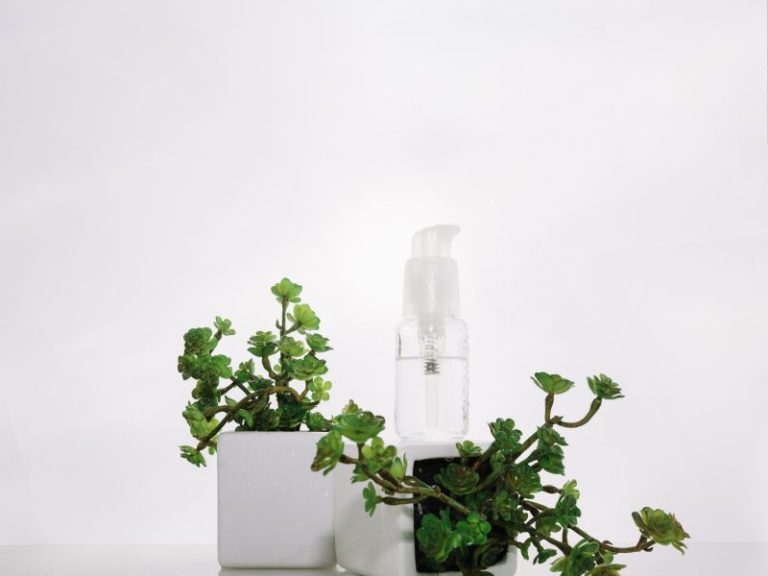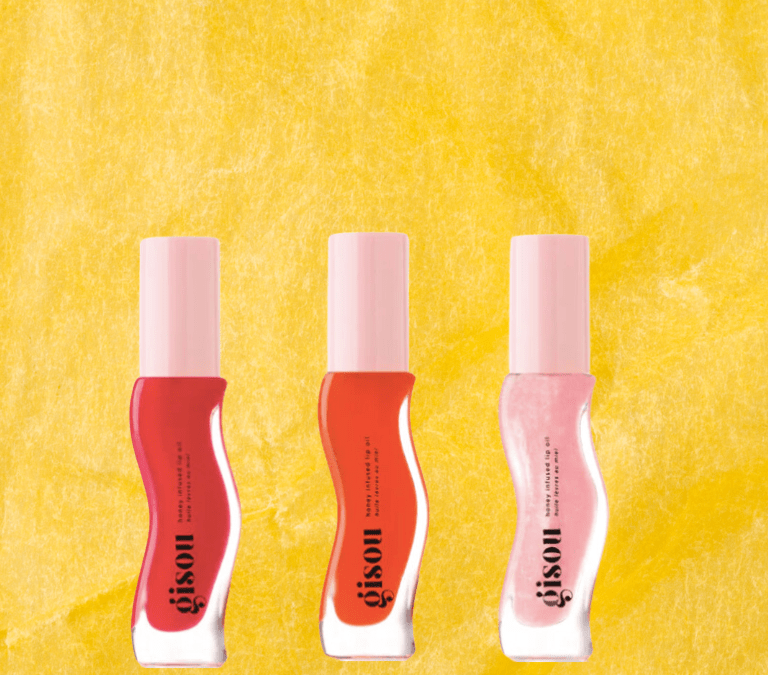CN Says:
Although this article focuses on skin care, we use these same ingredients in our hair! I hope it helps! Spoiler alert: Shea butter, rice bran and olive oil are the winners 😉
via TheBeautyBrains
Rebecca asked us to recommend the most effective, longest-lasting, all around best plant-based moisturizer for skin. In our response, we talk about the different methods of moisturizing and what it means to be “plant-based.”
3 Methods of Moisturizing
1. Occlusives
Their purpose is to reduce how much water evaporates through your skin. (Cosmetic scientists refer to this as TransEpidermal Water Loss or TEWL.) Occlusive agents form a hydrophobic barrier on your skin which keeps the water on the inside. The most effective ones include petrolatum, mineral oil and dimethicone. Some plant oils help occlude the skin but typically they are included more for their emolliency.
2. Hydrators
In this context, I’m talking about adding water to skin, and the only ingredient that can really do that is water. For some products (like shampoo), water is just a carrier or solvent for other ingredients. But, in the case of moisturizing lotions, the water contained in the product is also hydrating your skin.
3. Humectants
Their purpose is to bind (or even attract) moisture to your skin. Ingredients known as “polyols” have the ability to hold on to a lot of water and keep it close to your skin. In some cases, they can even absorb moisture from the atmosphere. These ingredients have two drawbacks, though: They can make your skin feel sticky and, when the air is REALLY dry, they can actually pull water out of your skin instead of the atmosphere. Examples of humectants include glycerin, sorbitol and hyaluronic acid. Glycerin and sorbitol work pretty well and they’re cheap. Hyaluronic acid can hold hundreds of times its weight in water but it’s really expensive.
How Plant-Based Moisturizers and Regular Oils Compare
We found an “occlusivity chart” comparing the “occlusivity rating” of petrolatum, mineral oil and various plant-based moisturizers. In this evaluation, a higher scorer is better, so clearly petrolatum and mineral oil are the best. But plant oils (like olive oil, rice bran oil, and shea butter) do a pretty good job as well.
Petrolatum: 80+
Mineral oil: 75+
Olive oil: 70
Rice bran: 70
Shea butter: 70
Macadamia oil: 70
Castor oil: 68
Soybean oil: 68
Other Ingredients that Matter
To determine whether a product is plant-based, you need to look at more than just the moisturizing ingredients; you have to evaluate the emulsifiers, thickeners, pH control agents and so on as well. So pick one of your favorite “natural” brands, preferably one that lists the sources of its ingredients in parenthesis. For example, Seventh Generation puts an asterisk next to each plant-derived ingredient.
Emulsifiers:
caprylic/capric triglyceride*
glyceryl stearate*
stearyl alcohol*
Thickeners:
cetyl hydroxyethylcellulose (plant-based)
xanthan gum*
Control agents:
lactic acid*
essential oils and botanical extracts*
TheBeautyBrains’ Bottom Line
The best plant-based moisturizing ingredients are olive oil, rice bran oil and shea butter. Look for a natural brand that you trust and which discloses the sources of its ingredients, then look for the ingredients mentioned above as the first few listed on the container or package.
Designed by Freepik




